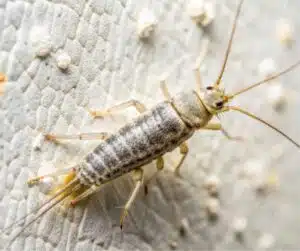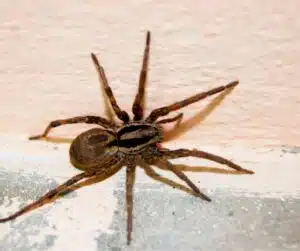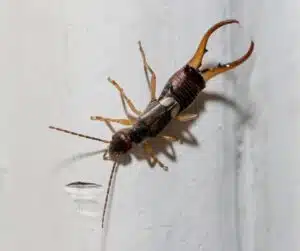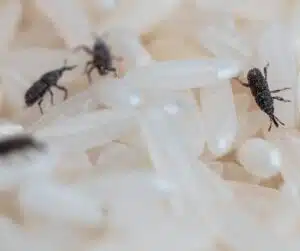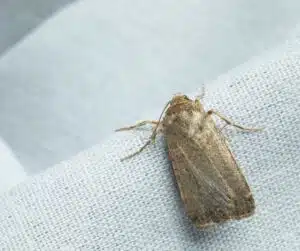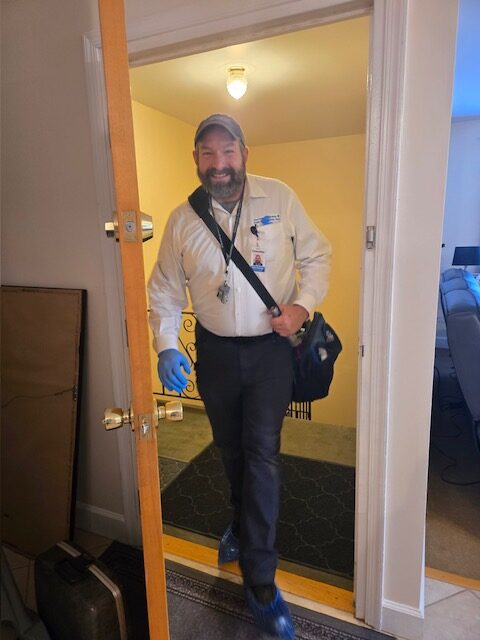
Full Service Pest Solutions
At Universal Home & Pest Solutions, we know that pest infestations can vary greatly, and each situation requires a tailored approach. Whether you’re dealing with rodents, insects, or larger pests, our expert team is equipped to handle a wide range of infestations with effective, long-lasting solutions.
We begin with a thorough inspection to identify the pest type, locate breeding sites, and pinpoint entry points. This helps us understand the full scope of the problem and develop a customized treatment plan to eliminate current infestations and prevent future issues.
Using a combination of eco-friendly treatments, safe trapping methods, and exclusion techniques, we ensure that pests are removed and your property is protected from future invasions. Our team’s knowledge and advanced tools allow us to handle everything from ants and termites to bedbugs, spiders, and beyond.
No matter the type of pest, we’re committed to delivering prompt, reliable service and restoring peace of mind to your home or business. Trust our experienced team to protect your property from pests, big or small.
Other Types of Pests We Control
Silverfish
- Silvery-gray color and fish-like shape
- 0.5 to 1 inch long
- Possess three long, tail-like appendages
- Very fast
- Thrive in dark, damp environments
- Feed on starchy substances, including paper, glue, and even some fabrics
- Not attracted to food but are drawn to environments that provide moisture and shelter
To prevent silverfish, it’s important to create an environment that is less inviting to them. Reducing indoor humidity with dehumidifiers and ensuring proper ventilation in areas like basements, bathrooms, and attics can make a substantial difference. Regular cleaning and vacuuming will help remove potential food sources and allow you to spot any early signs of silverfish. Sealing cracks and gaps in walls, floors, and around windows can also help prevent their entry. Promptly addressing leaks and excess moisture will further discourage these pests.
Bats
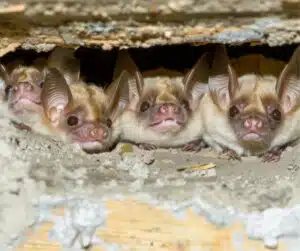
Bats, while beneficial for controlling insect populations, can become a nuisance when they roost in homes or buildings. They often seek out attics, eaves, and other sheltered areas to establish their colonies. Signs of a bat infestation include squeaking noises, droppings (guano), and the presence of bats flying near your home at dusk.
Spiders
- Typically beneficial as they help control other pest populations
- Prefer dark, undisturbed areas such as basements, attics, and corners of rooms
- Attracted to places where they can easily catch insects, which serve as their primary food source
It’s crucial to reduce clutter around your home and ensure that potential entry points, such as gaps in windows and doors, are sealed. Regularly vacuuming and keeping your home tidy can also discourage spiders by removing their webs and any potential food sources.
Earwigs
- Mostly nocturnal behavior
- Harmless and do not pose a direct threat to humans or pets
- Found in areas like basements, bathrooms, and under outdoor debris such as mulch or stacked wood
To help prevent infestations, it’s important to reduce moisture around your home. Fix any leaks, ensure proper ventilation, and keep your home dry. Outdoors, maintaining a clean yard, and removing piles of leaves or wood can make your property less inviting to earwigs.
Crickets
- Eat organic matter like food crumbs and dead insects
- Can lay hundreds of eggs, potentially leading to a significant increase in their numbers if not managed carefully
To prevent crickets, it’s important to address both the conditions they favor and potential entry points. Utilizing dehumidifiers to reduce indoor moisture and repairing leaks can help make your home less inviting to them. Sealing cracks and gaps around windows, doors, and the foundation will also aid in keeping them out. Regular cleaning and vacuuming of potential hiding spots can further discourage their presence.
Boxelder Bugs
- Found in large groups
- Particularly noticeable during the fall and early spring as they seek warmth indoors
- Feed on boxelder trees, but they may also be attracted to other maples and ash trees
- Do not pose a significant threat to human health or damage property
To help prevent boxelder bugs, it’s important to address potential entry points and attractants. Start by sealing any cracks or gaps around doors, windows, and foundations to prevent these bugs from entering your home. Installing or repairing weather stripping on doors and windows can also be effective. Keep outdoor areas tidy by removing any boxelder trees or other preferred host plants close to your home, if possible. Regularly inspect and clean areas where bugs may gather, such as around light fixtures or under roof overhangs.
Pantry Pests
- Infest dry goods like flour, cereal, and pasta, causing contamination and waste
- Enter homes through infested products or packaging
To prevent pantry pests, store dry goods in airtight containers and regularly check for signs of infestation. Keep your pantry clean and free of crumbs and spills, and promptly dispose of any infested items. When bringing new groceries home, inspect packaging for damage or signs of pests.
Clothing Moths
- Lay their eggs on clothing, and the larvae feed on the fibers, creating holes and weakening the material
- Create small, irregular holes in clothing
- Create silky webbing
To prevent clothing moths, regularly clean and vacuum your closets and storage areas to remove any potential food sources. Store off-season clothing in airtight containers or garment bags and consider using cedar or mothballs to repel moths. Ensure that clothes are clean before storing them, as food stains and body oils can attract moths.

